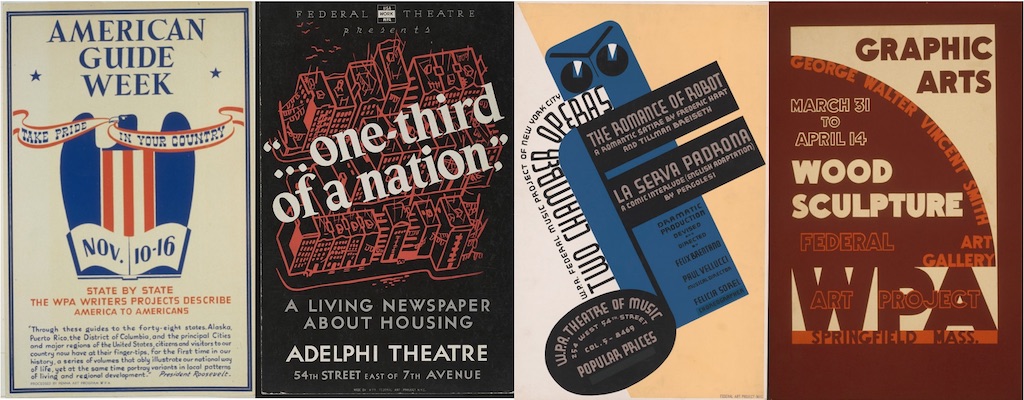La Odisea: How Mexican-American Migrants Reconciled Their Identities
In the 1920s, half a million Mexicans made their homes across the border, the vast majority of them legally. Mexican immigration diminished to a halt by the 1930s due to the Depression, leaving the Mexican-American citizens in a long odyssey across the American plains, searching for a place to call home as they moved with the harvest. Wherever the migrants travelled, dingy living conditions, mistrust and contempt from fellow migrants, and forced repatriation from local governments dogged them. Their status as migrants "caused many Mexicans to feel isolated from American society." (Bindas, pg. 96) My project aims to examine how migrants' Mexican and American identities interacted throughout the country, whether they ultimately reconciled themselves-- or clashed. I analysed the overall situation of Mexican-Americans-- how they lived, how they interacted with white Americans-- by analysing a variety of Russell Lee's wonderful photos. I then used that information in conjunction with a Storymap that plotted a small sample of locations Mexican-Americans settled. I further explored some more Depression photography with the background of the Storymap. Finally, I reserved the last part for one of the most important aspects of Mexican-American culture: music. The Soundcite tool helped me paint a better picture of the many sounds of migrant America.
